Pilgrim Routes in the UK
The many pilgrim routes in the UK embelish natural beauty with history and spirituality. Walk in the footsteps of pilgrims on these stunning hikes.
Pilgrim Routes in the UK
https://www.contours.co.uk/pilgrim-routes-uk
by Sue Talbot
Walking the UK’s pilgrim routes takes you on a journey that intertwines history, spirituality and the natural beauty of the British landscape. These routes, which have been trodden by pilgrims for centuries, offer a unique way to connect with the past while experiencing the tranquillity and majesty of the countryside.
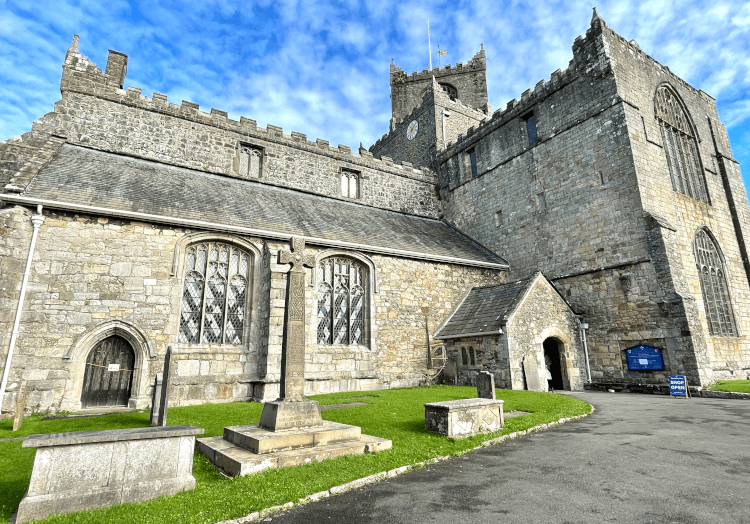
A 25-mile pilgrimage route through South Cumbria, the Cumbrian Cistercian Way traces the footsteps of medieval Cistercian monks. Starting at Piel Castle, the path leads to the magnificent Furness Abbey, once a powerful Cistercian monastery.

The journey continues through the serene landscapes of the Vale of Nightshade and historic sites like Great Urswick Church, before reaching the 12th-century Cartmel Priory.
This route offers a blend of spiritual reflection and historical exploration, with highlights including the ancient Birkrigg Stone Circle and the modern Buddhist temple at Conishead Priory.
One of the most famous pilgrim routes in England is the Pilgrims’ Way, which stretches from Winchester to Canterbury along St Swithun’s Way and a significant portion of the North Downs Way.
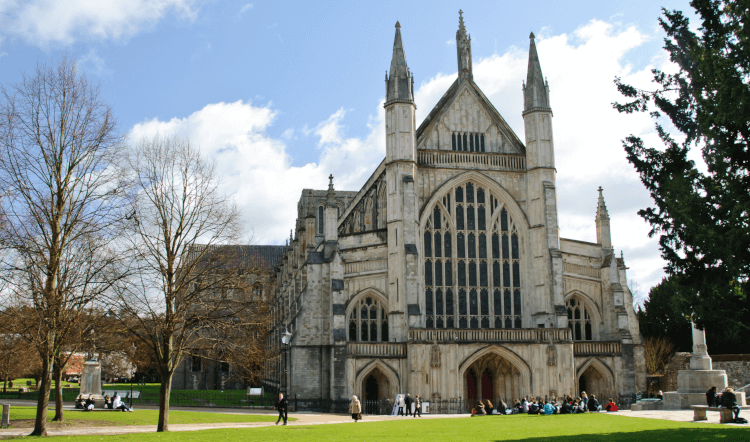
This ancient path follows the footsteps of medieval pilgrims who travelled to the shrine of Thomas Becket at Canterbury Cathedral. The route is approximately 153 miles long and passes through the picturesque landscapes of the North Downs. Along the way, you can explore historic churches, pretty villages and scenic woodlands.
The Pilgrims’ Way is not only a journey through beautiful countryside but also a walk through history, giving you a greater insight into the lives and religious beliefs of medieval pilgrims.
St Cuthbert’s Way is another significant pilgrim route, running from Melrose in Scotland to the Holy Island of Lindisfarne in England.
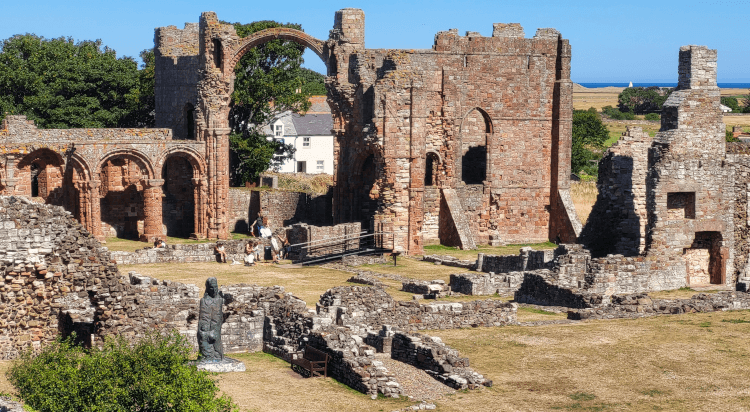
This 62-mile trail commemorates the life of St Cuthbert, a 7th-century monk and bishop. The route steers you through the stunning landscapes of the Scottish Borders and Northumberland, including the Eildon Hills and the Cheviot Hills.
The final stretch involves crossing the tidal causeway to Lindisfarne, a fittingly dramatic end to a spiritually enriching journey.
The Old Way is a lesser-known but equally fascinating pilgrim route that stretches from Southampton to Canterbury. This 240-mile path is based on a medieval pilgrimage route rediscovered by the British Pilgrimage Trust.
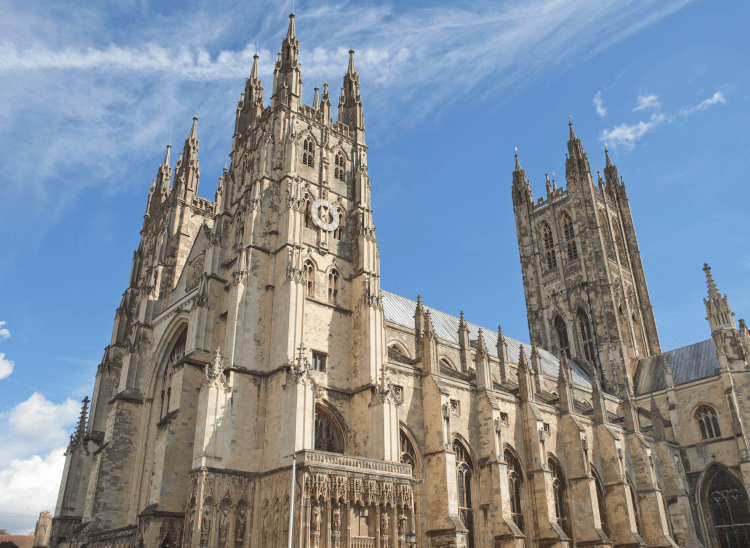
The Old Way offers a diverse range of landscapes, from coastal paths and ancient woodlands to historic towns and villages. Highlights of the route include the ancient yew trees of Kingley Vale, the historic city of Chichester and the rolling hills of the South Downs.
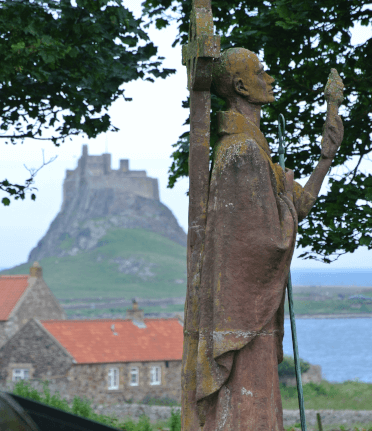
In the northeast of England, the Northern Saints Trails offer a network of pilgrim routes that celebrate the region’s rich Christian heritage.
These trails include the Way of Light, the Way of Life and the Way of Learning, each focusing on different aspects of the region’s spiritual history.
The routes lead you through the diverse landscapes of Northumberland and County Durham, visiting sites such as Durham Cathedral, Lindisfarne and the historic town of Hexham.
Wales is home to the Celtic Way, a pilgrim route that spans the length of the country from St. David’s in the west to Holywell in the north.
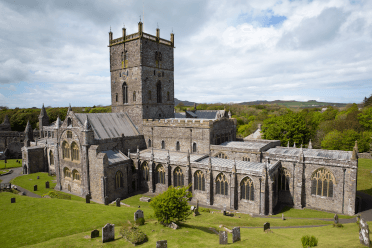
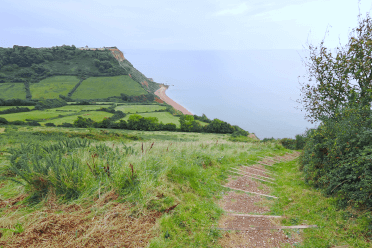
This 725-mile trail guides you through some of Wales’ most stunning landscapes, including the Brecon Beacons, Snowdonia and the Pembrokeshire coast. The route is rich in Celtic history, with numerous ancient churches, holy wells and other sacred sites along the way.

Walking a pilgrim route is not just a physical journey but also a spiritual one.
Many people walk these routes to find peace, reflect on their lives or seek a deeper connection with nature and the divine.
The act of walking itself can be meditative, allowing time for contemplation and inner growth.
The landscapes you pass through, from rolling hills and ancient woodlands to coastal paths and historic towns, provide a beautiful backdrop for this inner journey.
Adventure Travel Blogger
Sue Talbot is an adventure travel blogger and iPhone photographer who’s often found hiking up the Lakeland fells or swimming in fairy pools. Her outdoor adventures and photographs can be found on her blog, Lifehop, and also her Lake District Lovers Facebook page.